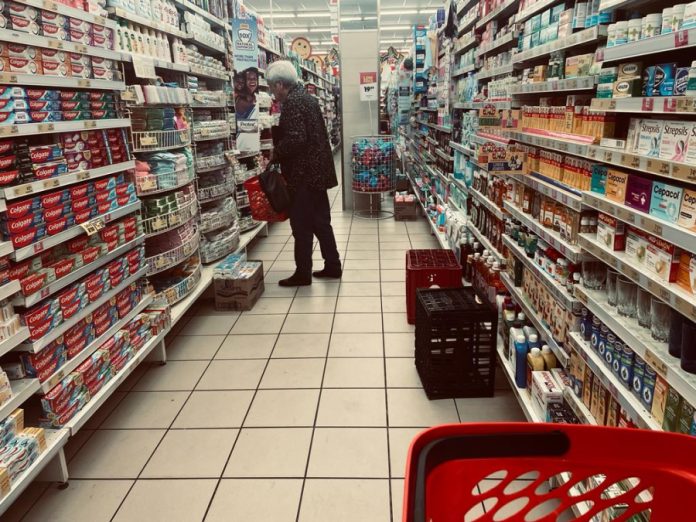Consumers remain battered amid high inflation, and an unchanged repo rate.
On Wednesday, the South African Reserve Bank’s (SARB) governor Lesetja Kganyago announced that the Monetary Policy Committee (MPC) decided to hold the repo rate unchanged at 8.25%.
The prime lending rate thus remains at 11.5%.

It is the 5th time the Reserve Bank has held the repo rate at its current levels. FNB’s Ester Osche says this is partly due to the already high inflation rates that consumers are presently experiencing.
The South African Reserve Bank MPC decided to keep the repurchase rate at its current level of 8.25% per year. The decision was unanimous. #SARBMPCMAR2024 pic.twitter.com/gTPsUXQ5XC
— SA Reserve Bank (@SAReserveBank) March 27, 2024
“The consumer will therefore still be under pressure to service their debt which is still expensive. We suggest that there’s a focus on paying off debt as soon as possible, to try and reduce overall interest payments in the long run. On the positive side, this does mean that if a person has savings they can leverage off the higher interest rates for a little bit longer and earn a bit more interest,” said Osche.
FNB Chief Economist Mamello Matikinca-Ngwenya added, “The decision to leave interest rates unchanged comes as expected by the market. While many spectators look for clues on the start of the cutting cycle, a few factors are worth monitoring. Firstly, although the Fed has recently upheld its expectations of 75bps of cuts this year, it has revised its 2024 growth and core inflation forecasts upwards and reduced its anticipation of rate cuts over the longer run.”
She said this, along with the recent shift in Japan to positive interest rates, emphasises that real interest rates will remain high for long.
“The European Central Bank and the Fed are broadly expected to start cutting rates around the middle of the year, which should create some space for the SARB. Secondly, the risk premium on SA assets could move further away from the long-term average ahead of the elections, but a reform-friendly outcome should support improved risk sentiment and a recovery in the rand which would entrench the deceleration in inflation in 2H24. Thirdly, while disinflation is expected in the latter part of the year, upside risk prevails – primarily from adverse weather conditions and cost passthrough pressures. In all, these factors suggests that even as we can hope for lower rates in 2H24, an air of caution should persist, and the eventual cutting cycle will likely be shallow,” said Matinkinca-Ngwenya.





